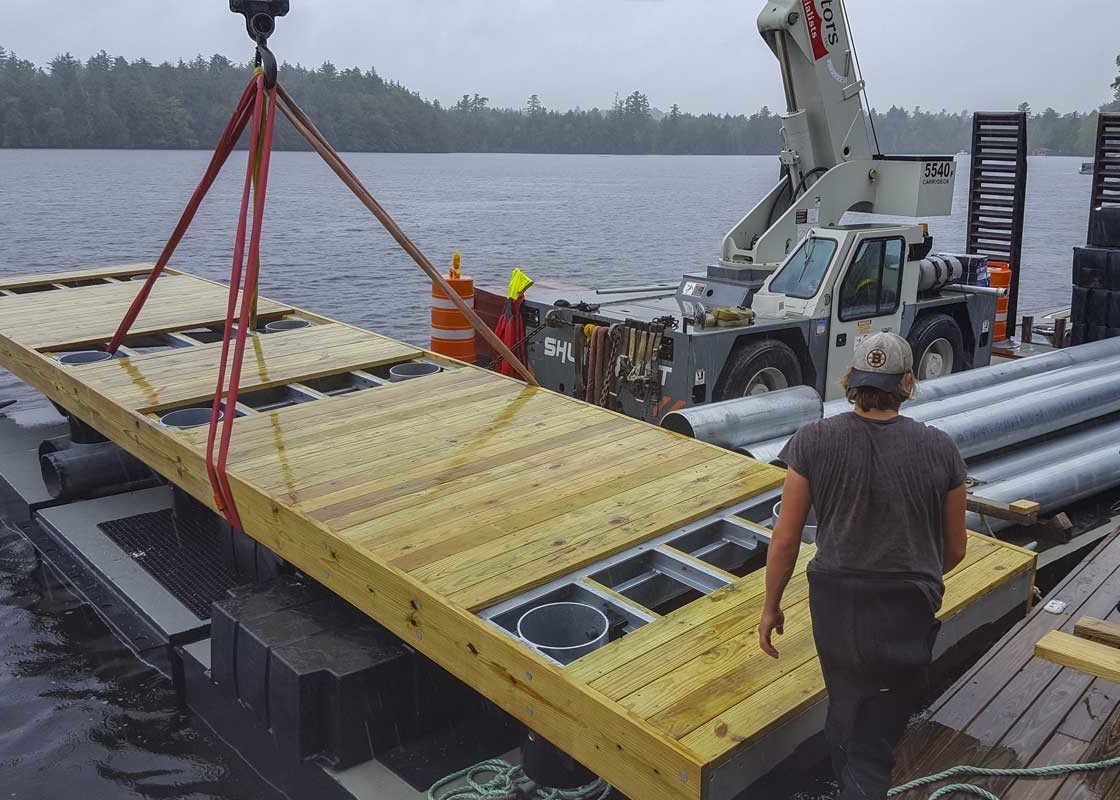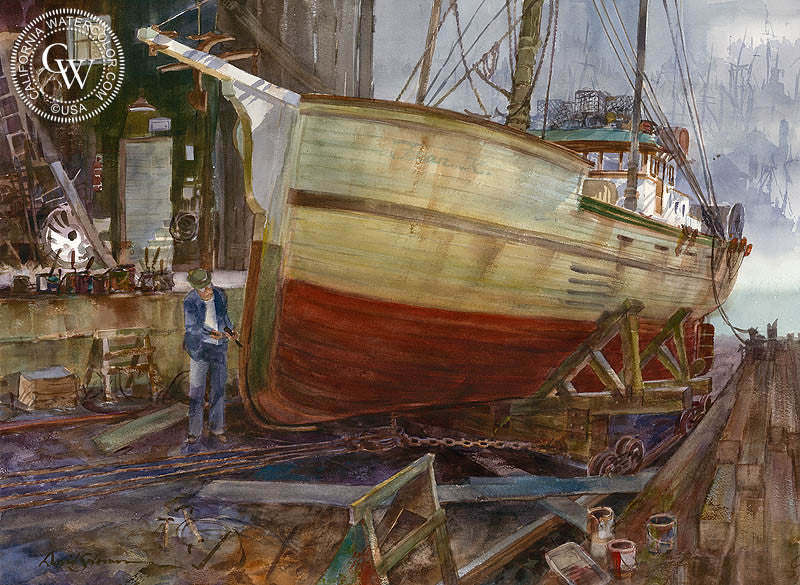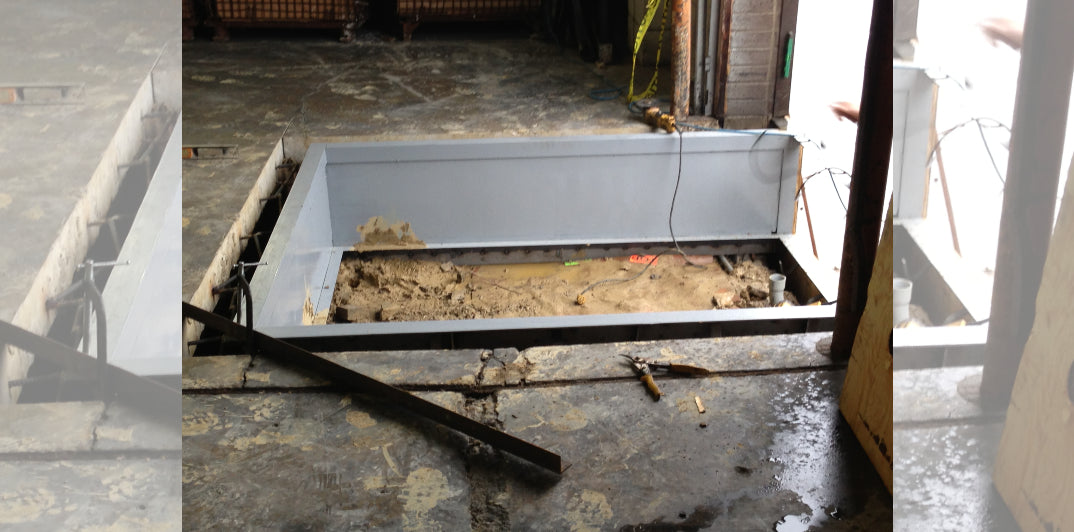Understanding the Expenses Associated With Dock Repairs
Understanding the Expenses Associated With Dock Repairs
Blog Article
Efficient Dock Fixing Techniques: Making Certain Structural Integrity
Making sure the architectural stability of anchors through efficient repair methods is critical for the longevity and safety of aquatic facilities. Consequently, selecting the right repair service materials, such as corrosion-resistant alloys and composite products, is crucial for resilience.
Evaluating Dock Damages
Assessing dock damages is a crucial first step in ensuring the architectural integrity and safety of any type of docking center. This preliminary assessment entails a comprehensive assessment to determine both hidden and visible problems. Secret facets to check out consist of the dock's foundation, pilings, outdoor decking, and hardware. Each element needs to be looked at for signs of wear, rot, corrosion, or other forms of degradation that could compromise the structural stability.
Architectural designers or qualified examiners normally do these assessments utilizing specialized techniques and devices. For circumstances, undersea examinations could utilize sonar equipment or remotely ran automobiles (ROVs) to identify immersed damages. Above water, aesthetic examinations are enhanced by making use of wetness meters and other diagnostic devices to discover underlying issues not instantly noticeable to the naked eye.

Picking Fixing Products
Selecting the suitable repair service products is a crucial action in the dock remediation process, one that directly affects the long life and performance of the repaired structure. Material option need to be driven by variables such as ecological problems, load-bearing needs, and compatibility with existing dock parts. Timber is a standard option for anchors due to its natural durability and aesthetic appeal. Choosing the right type of timber, such as pressure-treated lumber or naturally rot-resistant varieties like cedar or teak, is crucial to endure water settings.
In addition to timber, composite products are increasingly prominent because of their toughness and low upkeep demands. Compounds, commonly made from a mix of plastic and timber fibers, provide superb resistance to rot, insects, and UV damage. For metal anchors, selecting corrosion-resistant alloys such as galvanized steel or marine-grade aluminum is crucial to prevent rust and make sure architectural integrity in saline water problems.
Epoxy resins and marine-grade sealants are crucial for repairing cracks and sealing joints, offering a water-proof barrier and improving the dock's general toughness. By meticulously selecting high-grade products, dock repair services can attain lasting outcomes, therefore protecting versus future degradation and making certain secure, reputable use.
Architectural Support Strategies
Efficient structural support strategies are crucial in making sure the security and longevity of dock repair work. This method is particularly effective for anchors exposed to hefty lots or rough ecological conditions.
An additional vital strategy is the application of fiber-reinforced polymers (FRP) These materials provide high strength-to-weight ratios and exceptional resistance to corrosion, making them optimal for strengthening concrete or wooden docks. FRP can be applied in sheets or strips and adhered with epoxy materials to improve structural honesty.
Bracing and anchoring systems also play an essential role in structural reinforcement. Cross-bracing, using metal or wood beams, can combat lateral pressures, reducing persuading and activity. Securing systems, such as helical piers or driven piles, provide a secure foundation by go transferring lots to much deeper, much more steady dirt layers.
Finally, the combination of load-distribution plates can assist distribute weight extra evenly throughout the dock's surface, minimizing local anxiety points. These methods collectively make certain that anchors continue to be safe and robust, with the ability of enduring the rigors of their functional setting.
Advanced Repair Work Methods

An additional innovative strategy involves undersea welding, which permits for fixings to be conducted without the need to dewater the area. This method is especially useful for dealing with architectural problems in submerged dock parts, guaranteeing very little disruption to operations. Boosted welding strategies, combined with robotic systems, deliver accuracy and dependability, thus prolonging the life-span of the dock.
Furthermore, cathodic defense systems are carried out to stop deterioration in metal dock structures. By utilizing sacrificial anodes or amazed current systems, these strategies successfully reduce the electrochemical processes that bring about material deterioration.
Last but not least, progressed monitoring technologies, such as architectural health and wellness monitoring (SHM) systems, provide real-time data on the problem of dock structures. These systems make it possible for aggressive maintenance and timely treatments, ultimately making sure the lasting architectural honesty of the dock.
Upkeep and Prevention
Upkeep and prevention are essential ideas that underpin the durability and security of dock structures. Routine inspections are paramount, enabling very early discovery of damage, possible weaknesses, and environmental effects. An aggressive technique, involving routine checks for rust, rot, and structural shifts, reduces pricey official source repair work and prolongs the dock's operational life.
Preventative procedures ought to include using protective coverings to steel components to defend against corrosion and making use of treated wood to withstand degeneration. In addition, making certain appropriate drain and air flow can avoid water buildup, which is a common reason for architectural deterioration. Incorporating quality materials and sticking to manufacturer standards throughout building and fixing phases additionally play important roles in boosting durability.

Educating workers in dock upkeep ideal methods ensures regular application of precautionary measures. Leveraging technical advancements, such as drones for evaluations and sensors for real-time tracking, can further improve maintenance initiatives. By prioritizing upkeep and avoidance, dock owners can ensure architectural integrity, functional safety, and cost-efficient administration over the dock's life-span.
Final Thought
In final thought, keeping the architectural stability of marine centers requires extensive dock fixing strategies. Extensive inspections making use of sophisticated devices reveal both noticeable and hid damages, while the selection of appropriate repair service materials improves toughness. Carrying out architectural reinforcement approaches addresses stress factors effectively. Advanced repair work techniques, combined with regular maintenance methods, guarantee the dock continues to be functional and secure under varied environmental problems. Embracing these approaches considerably prolongs the lifespan and performance of marine infrastructure.
Ensuring the structural stability of anchors via reliable fixing techniques is paramount for the durability and safety of marine centers.Choosing the ideal fixing materials is a critical action in the dock remediation process, one that straight affects the longevity and efficiency of the fixed structure.Effective structural reinforcement strategies are critical in ensuring the stability and longevity of dock repair work. By prioritizing maintenance and prevention, dock proprietors can guarantee structural honesty, functional security, and affordable monitoring over the dock's lifespan.
In final thought, keeping the architectural stability of aquatic facilities necessitates comprehensive dock fixing strategies.
Report this page